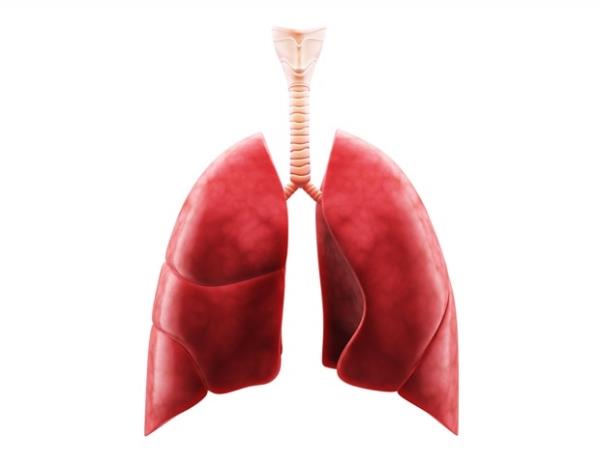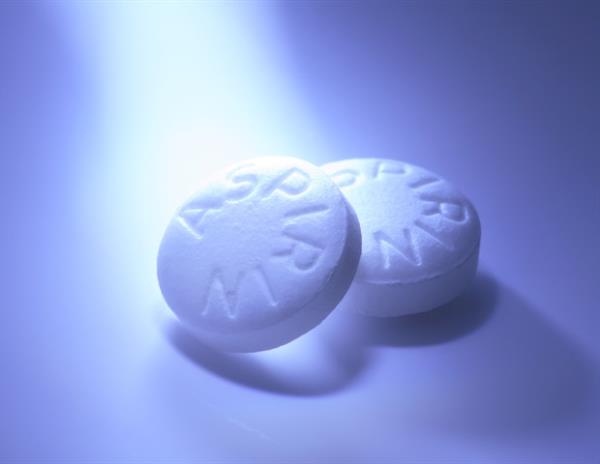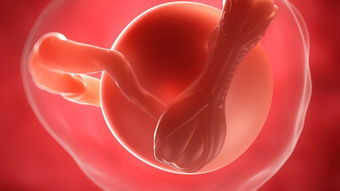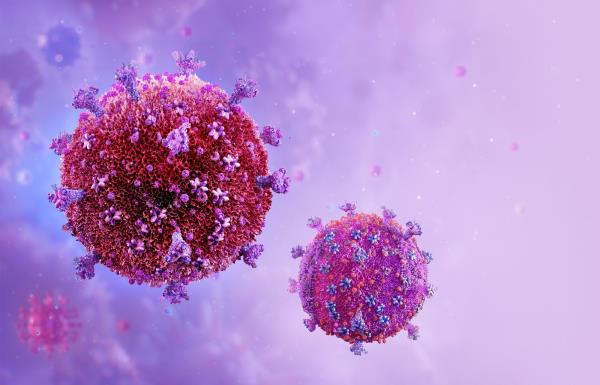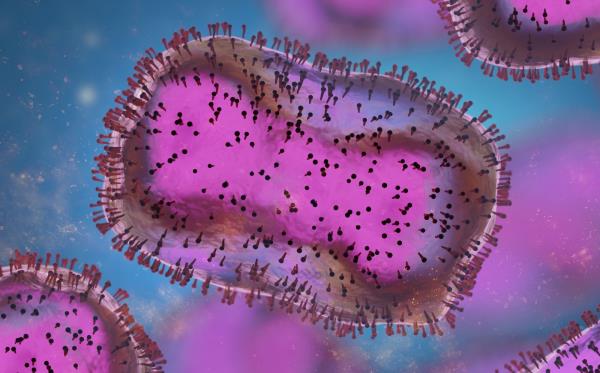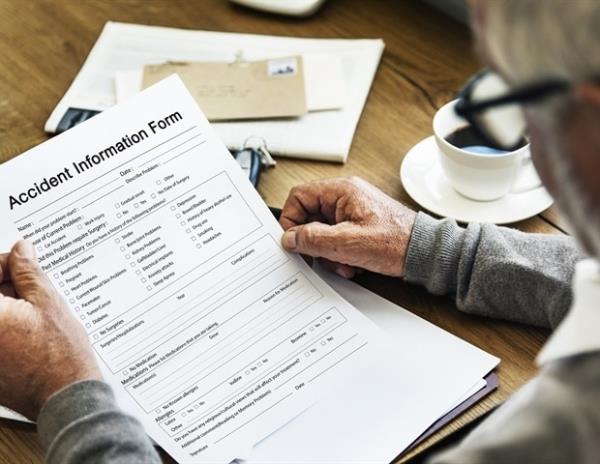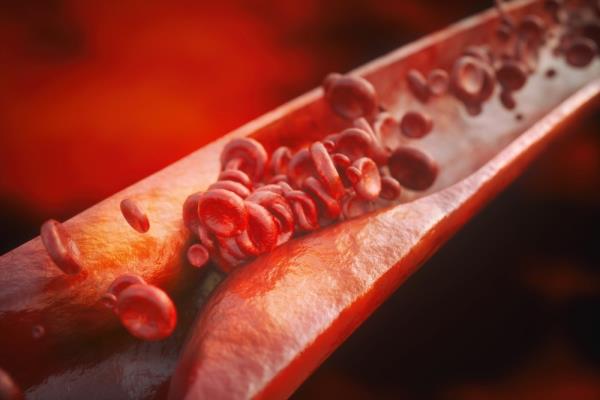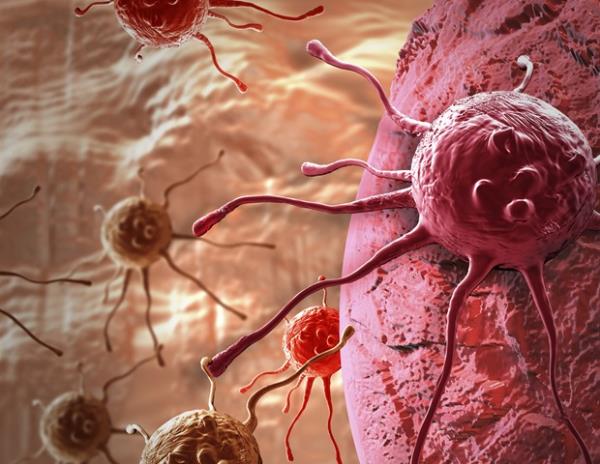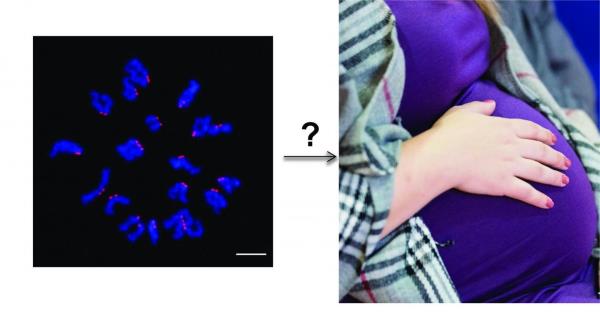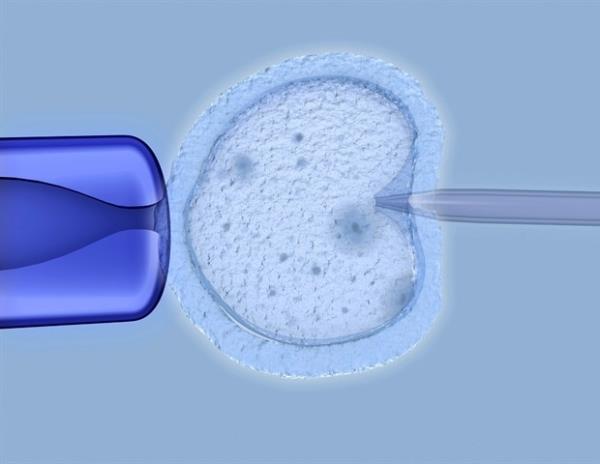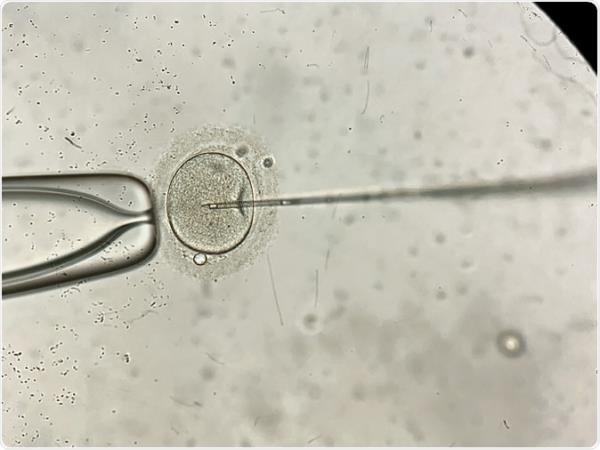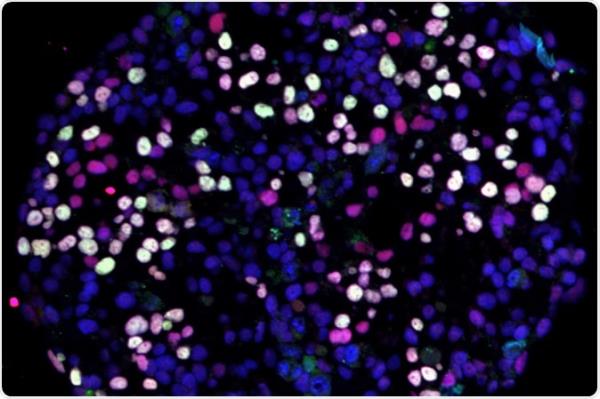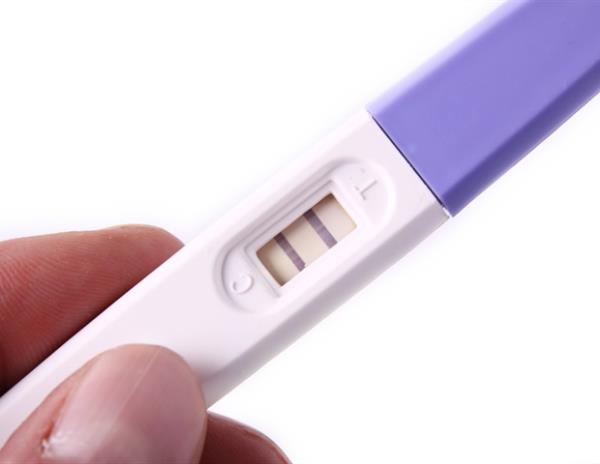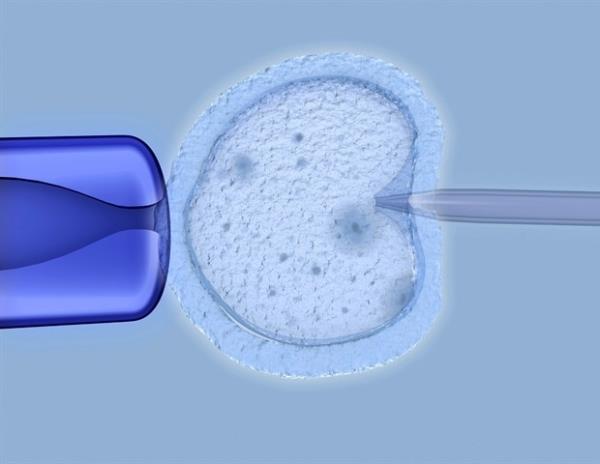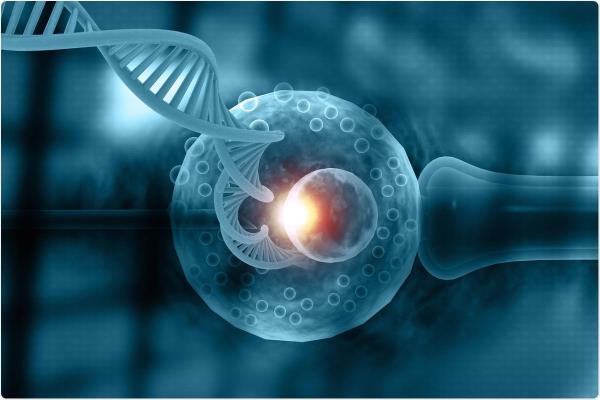
在美国心脏病学会年度科学会议上发表的一项研究表明,从患者动脉中去除胆固醇的新策略的首次试验并没有降低心脏病发作前三个月内死亡、心脏病发作或中风的风险。然而,研究结果表明,该策略可能有利于长期随访。
However, in an exploratory analysis of outcomes, treated patients had fewer heart attacks and heart-attack deaths than patients in the control group at six months, he said.
"Although we missed our primary endpoint, our data support the hypothesis that HDL cholesterol plays a role in reducing subsequent coronary plaque disruption events like heart attack via enhanced cholesterol efflux attacks," Gibson said.
People who have had a heart attack are at high risk for another one, especially during the next 90 days, Gibson said. This study was the first in which patients received an infusion of ApoA-I, a component of HDL ("good") cholesterol, shortly after a heart attack, with the aim of stabilizing coronary plaque and reducing adverse cardiovascular events. The investigational drug CSL112 used in the study is a form of ApoA-I that's extracted from human plasma, the liquid component of blood.
High levels of LDL cholesterol create a build-up of plaque in the arteries that carry blood to the heart, increasing risk for an arterial blockage that causes a heart attack. HDL cholesterol removes cholesterol from the arteries and carries it to the liver, which then excretes it. ApoA-I, the main component of HDL cholesterol, helps initiate the process of removing cholesterol from the body. A previous study showed that a single infusion of CSL112 reduced the amount of LDL cholesterol in arterial plaque by as much as 50%.
Other studies have shown that high levels of HDL cholesterol are associated with reduced heart attack risk. Recent research, however, suggests that the level of HDL cholesterol number may be less important for reducing heart attack risk than how well it performs at removing cholesterol, Gibson said.
"We know that in the setting of a heart attack, when the HDL cholesterol is good at getting a lot of cholesterol out of the arteries, that results in better outcomes for patients," he said.
Gibson and his colleagues hypothesized that infusions of CSL112 given shortly after a heart attack might—by boosting the body's ability to dispose of cholesterol—reduce patients' risk for a repeat heart attack during the next crucial 90 days. The international AEGIS-II trial, conducted in 49 countries, was designed to test this hypothesis.
The study enrolled 18,219 patients (median age 65.5 years, 74% men and 84.5% White) who had been hospitalized for a heart attack and had multiple blockages in arteries carrying blood to the heart that elevated their risk for another heart attack. They also had other risk factors, including having had a previous heart attack, receiving drug treatment for diabetes or being 65 or older. Patients were randomly assigned to receive infusions of either CSL112 or a placebo for four weeks, with the first infusion given within five days of hospitalization.
The study's primary endpoint was the time to the first occurrence of a major adverse cardiovascular event (MACE; i.e., heart attack, stroke or death due to heart disease or a stroke) at 90 days. Secondary endpoints included the time to the first occurrence of a MACE within six months and one year and of each specific event within 90 days, six months and one year.
At 90 days, patients treated with CSL112 had a 4.8% reduction in risk for death, heart attack or stroke compared with 5.2% for those treated with a placebo, a difference that was not statistically significant. In an exploratory analysis, however, patients treated with CSL112 were 14% less likely to have or die from a heart attack at 180 days. In addition, patients treated with CSL112 were 32% less likely to have a heart attack caused by a blood clot in a stent (a tiny mesh tube inserted into an artery to prevent it from becoming blocked) at 90 days and 29% less likely at 180 days.
Another potentially important finding, Gibson said, is that patients whose LDL cholesterol level was 100 mg/dL or higher at study entry experienced a 30% decrease in the primary endpoint, a statistically significant finding, whereas patients whose LDL cholesterol at study entry was less than 100 mg/dL saw no decrease in the primary endpoint.
"baseline LDL modulated the treatment effect," Gibson said.
"Overall, our findings are consistent with ApoA-I having a role in stabilizing heart blockages and reducing the risk of a blockage that ruptures and causing a heart attack further out than 90 days," Gibson said. "It's plausible that by giving ApoA-1 to clear the cholesterol out of the body and then treating the patient with cholesterol-lowering medications to keep LDL cholesterol levels low, we could see reductions in deaths and heart attacks that continue over time."
Future research will focus on identifying high-risk patients who might benefit from this approach, he said.
An antiplatelet effect of CSL112 or a reduction of cholesterol in the arteries resulting from treatment with CSL112 could also explain the significant reduction in the number of heart attacks caused by a blood clot in a stent, he said. The reason strokes were not reduced may be that strokes can be caused by mechanisms other than the rupture of arterial blockages, he said.
A limitation of the study is that women, Black people and people of Asian heritage were underrepresented, which could reduce the findings' generalizability, Gibson said.
The study was funded by CSL Behring, the manufacturer of CSL112.
This study was simultaneously published online in the New England Journal of Medicine at the time of presentation. The findings of the exploratory analysis were/will be published in the Journal of the American College of Cardiology.
Gibson will be available to the media in a press conference on Saturday, April 6, 2024, at 10:45 a.m. ET / 14:45 UTC in Room B203.
Gibson will present the study, "Patients With Acute Myocardial Infarction (ApoA-I Event Reducing In Ischemic Syndromes II (AEGIS-II) Trial): Primary Trial Results," on Saturday, April 6, 2024, at 9:30 a.m. ET / 13:30 UTC in the Hall B-1 Main Tent.

